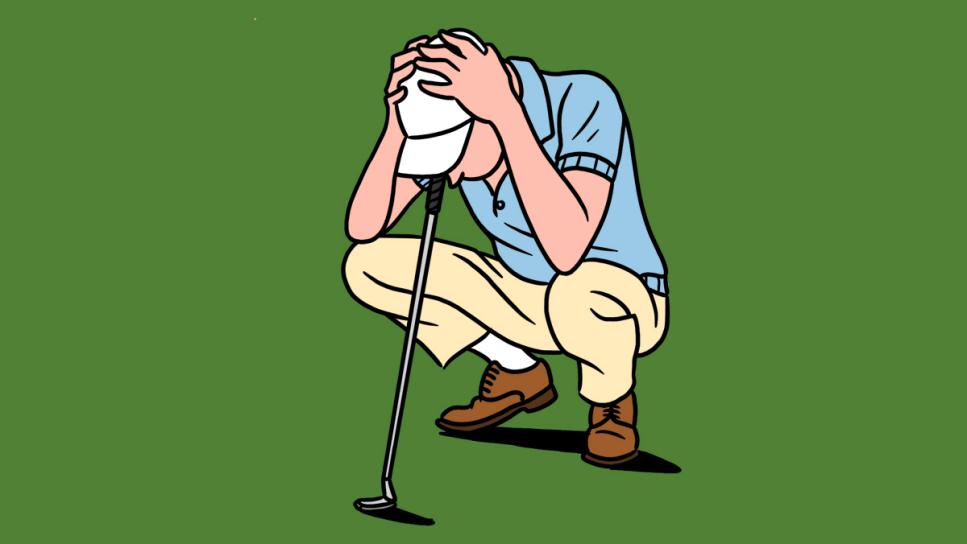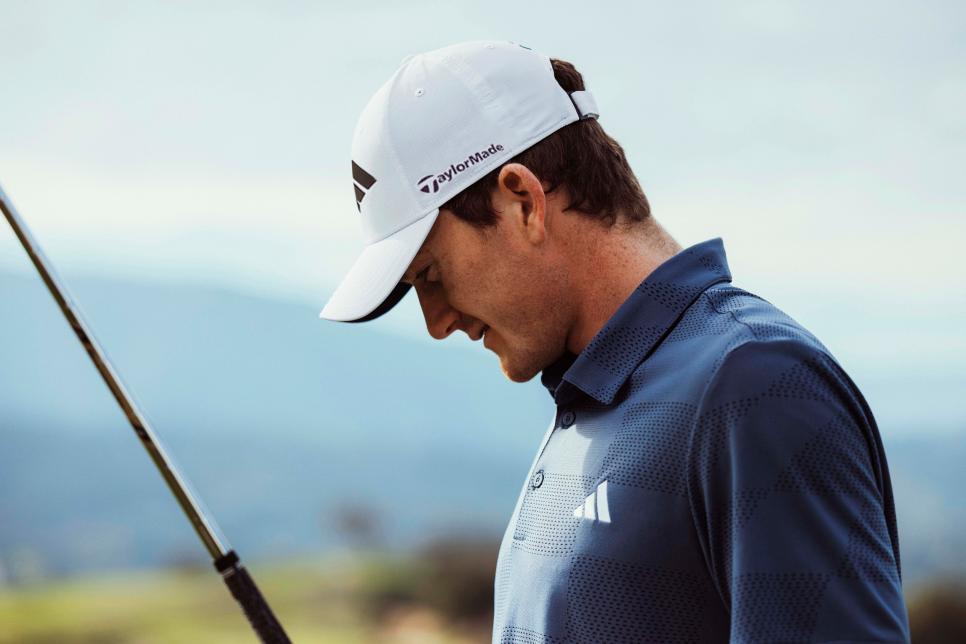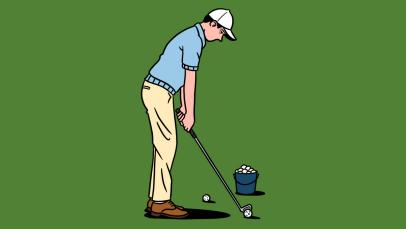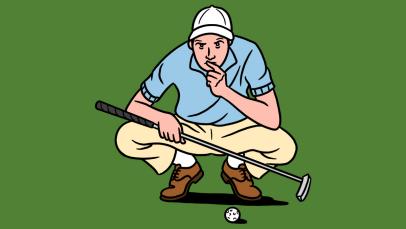Low Net
Are you injured or hurt? An expert explains the difference
There are times when you can tough it out on the golf course, and times you definitely shouldn't

This article first appeared in Low Net, a Golf Digest+ exclusive newsletter written for the average golfer, by an average golfer. Have a topic you want me to explore? Send me an email at Samuel.Weinman@wbd.com.
On the question of whether golf is really a sport, the answer might depend on how you feel getting out of bed in the morning.
Yes, it’s true, you can play golf while drinking beer, eating a bratwurst or even participating in a Zoom call. That I’ve likely done all those things at once doesn’t scream athletic rigor.
But it turns out you can’t play golf if you’ve strained a rib muscle and it now hurts to sneeze.
How do I know this? Because I recently strained a rib muscle and it now hurts to sneeze.
Anything you’re kept from doing due to injury leans closer to a sport, especially if that’s what led to the injury in the first place. Like a lot of golfers, I am good for about one of these episodes a year, and it usually follows a familiar pattern. I vow to shut it down, wait three hours and then start reaching for a wedge to see if it still hurts.
Recognizing I am neither smart enough nor young enough to tread so recklessly, I reached out to Dr. Ara Suppiah, an Orlando-based physician, Ryder Cup team doctor and Golf Digest Professional Advisor for more guidance. This was done over the phone and covered mostly generalities, so it stopped well short of a specific diagnosis. But Suppiah still helped me distinguish between when to take pain seriously and when it might be OK to persist.
Are you injured or are you hurt?
Suppiah’s first question in these moments is if the pain has been around a while or if it just showed up.
“If you have chronic, long-standing pain, sometimes exercise is what you need,” he said. “It helps strengthen the things around it, keeps it mobile, keep it fluid, and it actually helps with alleviating some of the pain as well.”
This was good to know, even if it wasn’t me. I had the other kind.
“When you have an acute pain, which can be a pain that you've never had before, it is your body's way of saying, ‘Hey, I need youto pay attention here,’” Suppiah said. “Because the nervous system is fearful of something, and of possibly getting it worse.”
While an acute pain doesn’t guarantee you are in trouble, it does signal you should proceed with caution. Another red flag? Swelling.
“When a joint accumulates fluid, it is basically telling you not to move it,” he said. “Like, let's say you had knee pain, you went and played, but now you see the knee is swollen. If you went and played tomorrow, the chances of you playing the day after that is going to be next to nothing.”
Heat vs. ice
I dreaded what Suppiah said next—that I needed a real assessment by a doctor— because I was hoping what I really needed was time, and to avoid further aggravation. But there was also the inevitable question that every corner of the Internet answers differently. Would I heal more from heat or ice?
The doctor said timing plays a role, but broadly, he liked using heat for stiffness, and ice when trying to combat swelling. When it comes to pain, he said both can help.
Lastly, Suppiah offered hope for restless types like me, which is that even my version of rest might still require me to stay active.
“Sometimes, depending on the injury, the worst thing you can do is not move it,” he said.
“Even though you have a little bit of pain, a little bit of discomfort, as long as we know structurally there's no damage, well, you're going to get better way faster.”
Go with what you have

Dunlap makes his Masters debut this spring. He shares amateur feats with Tiger Woods and Phil Mickelson. Photographs by Kennett Mohrman
I had fun working on this month’s cover story with Dr. Bhrett McCabe on PGA Tour rookie Nick Dunlap’s competitive mindset. Bhrett and I discussed Nick’s mental strength in an earlier newsletter, but one additional element we fleshed out here was Nick’s ability to go with what he has when it’s time to compete.
What does that mean? Think about how often when you’re about to play you sense something not quite right about your swing. Forme that would be roughly … always. Going with what you have means rather than trying to fix what ails your swing mid-round, youjust make it work as best you can.
“Nick likes to work on his game as much as anyone, and like a lot of young players, he’ll rely on launch monitors for feedback, but he also knows competition asks a different set of questions. Once it’s time to play, those are the ones he cares about answering,” McCabe says.


